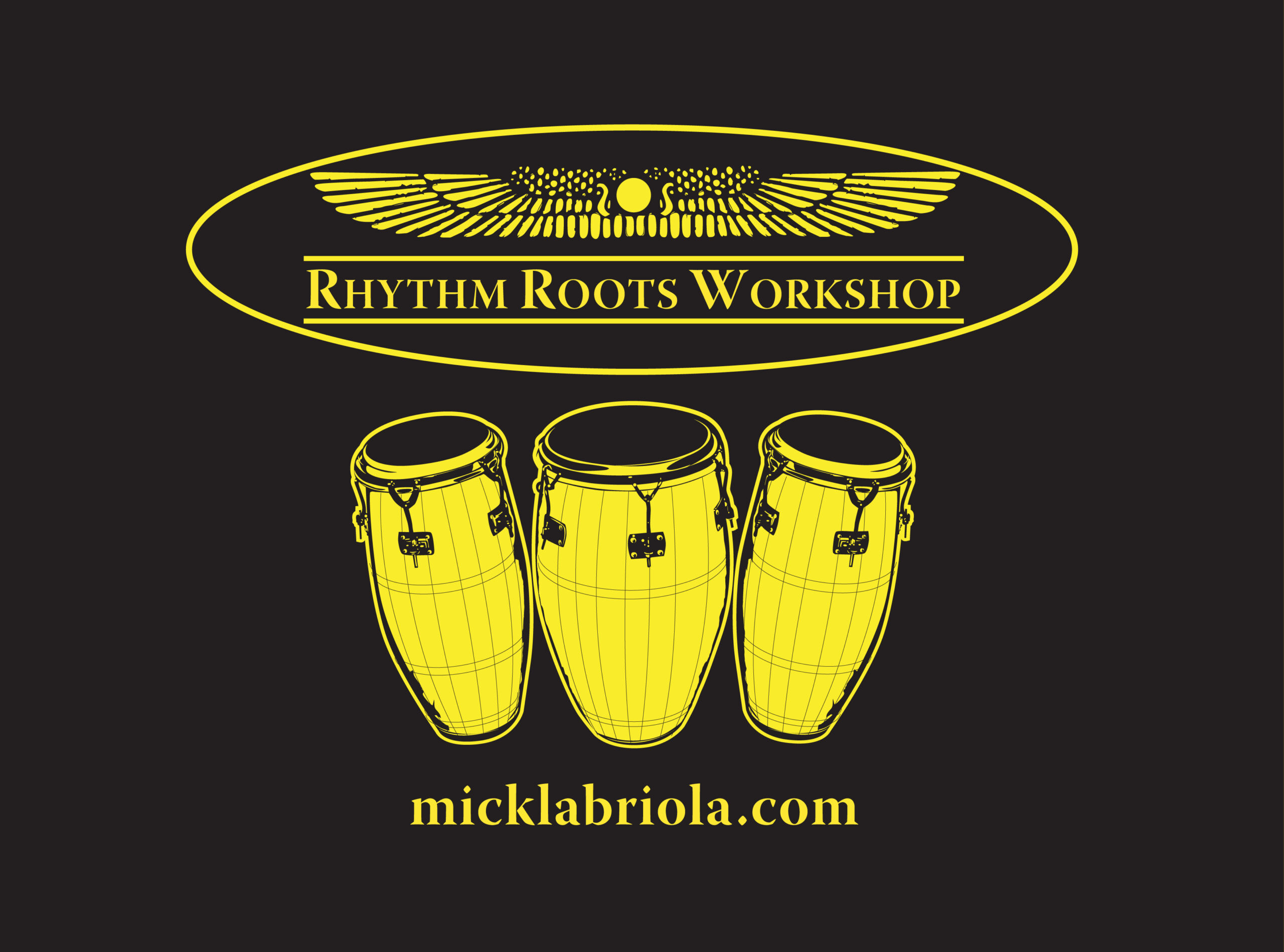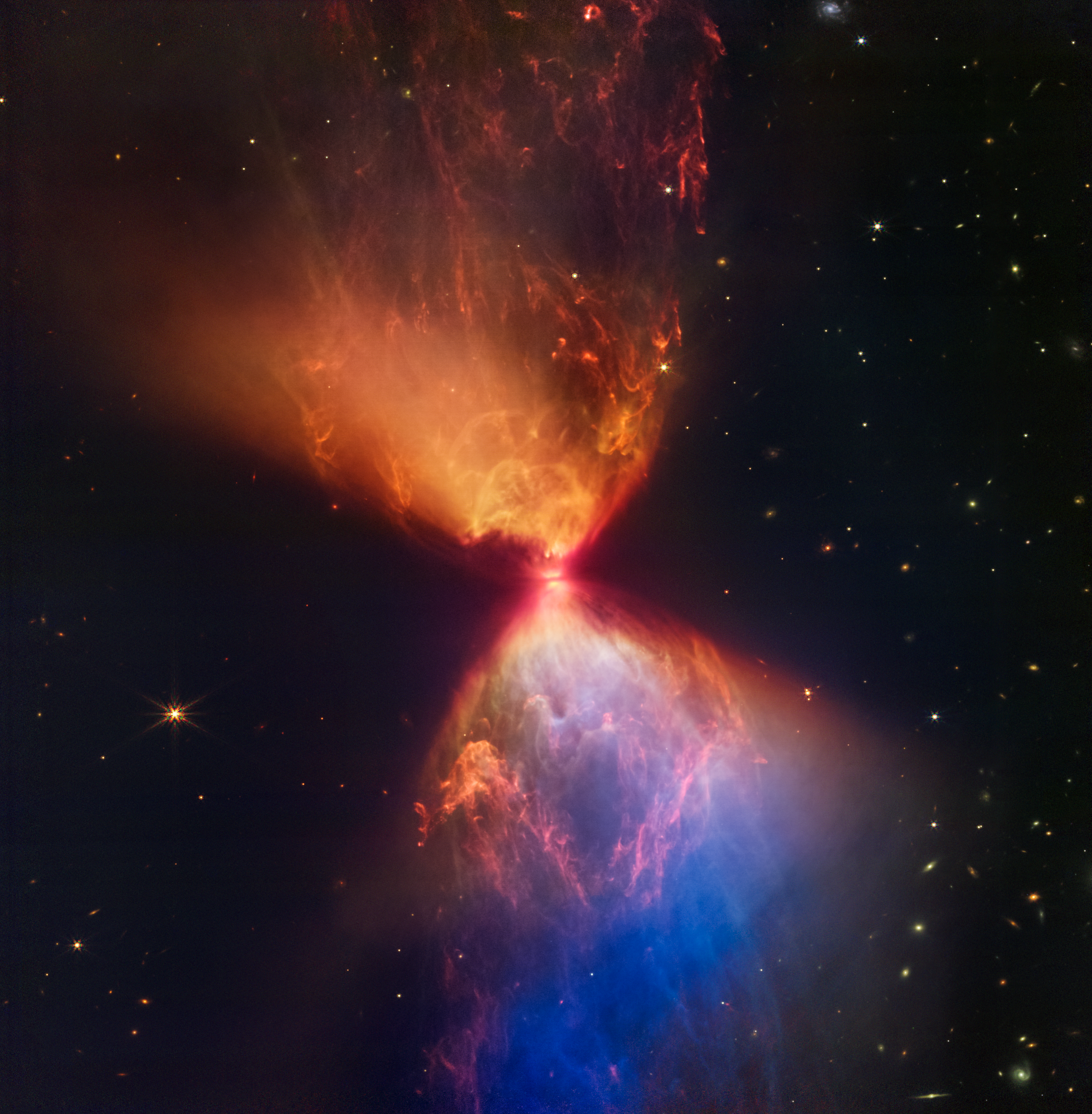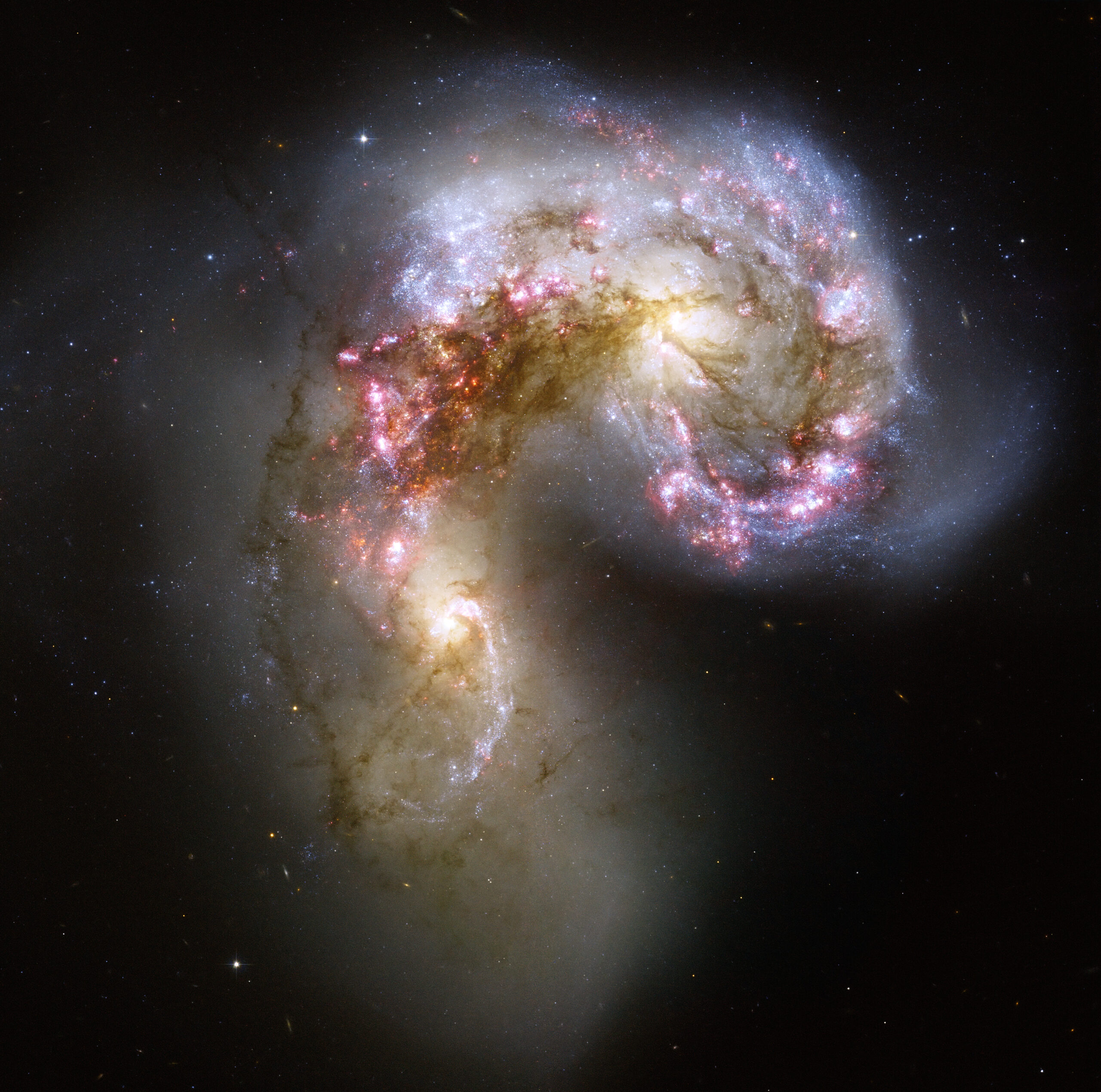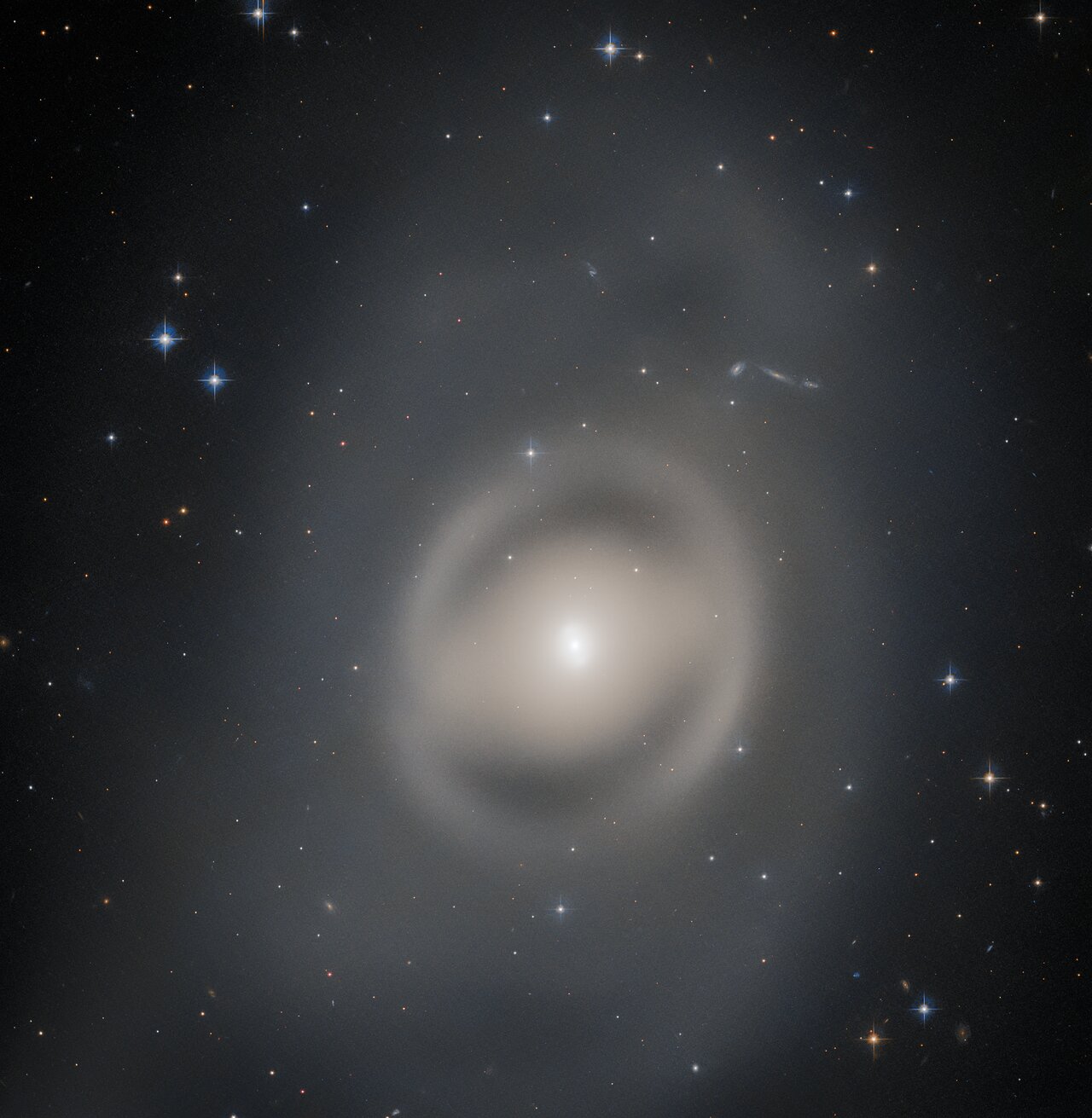Blog
Ian Scott Anderson MBE (born 10 August 1947) is a Scottish musician best known for his work as the singer, flautist, acoustic guitarist and primary songwriter of British rock band Jethro Tull. He is a multi-instrumentalist who also plays harmonica, keyboards, bass guitar, bouzouki, balalaika, saxophone and a variety of whistles. His solo work began with Walk into Light in 1983; since then he has released another five albums, including the sequel to the 1972 Jethro Tull album Thick as a Brick, titled TaaB 2: Whatever Happened to Gerald Bostock? (2012).
Ian Anderson was born in Dunfermline, Fife, Scotland, the youngest of three brothers, to an English mother and a Scottish father. Anderson said, “I am a Brit. I’m a Brit. I see myself as a product of that union.” His father, James Anderson, ran the RSA Boiler Fluid Company in East Port, Dunfermline. Anderson’s family moved to Edinburgh when he was three. He was influenced by his father’s big band and jazz records and the emergence of rock music, but was disenchanted with the “showbiz” style of early American rock and rol lstars like Elvis Presley.
more...Clarence Leonidas Fender (August 10, 1909 – March 21, 1991) was an American inventor known for founding the Fender Musical Instruments Corporation and designing the company’s early models, the Fender Telecaster, Fender Precision Bass, and Fender Stratocaster. In January 1965, he sold Fender to CBS, and later founded two other musical instrument companies, Music Man and G&L Musical Instruments.
The guitars, basses, and amplifiers he designed from the 1940s on are still widely used: the Fender Telecaster (1950) was the first mass-produced solid-body electric guitar; the Fender Stratocaster (1954) is among the most iconic electric guitars; the Fender Precision Bass (1951) set the standard for electric basses, and the Fender Bassman amplifier, popular in its own right, became the basis for later amplifiers (notably by Marshall and Mesa Boogie) that dominated rock and roll music.
Leo Fender was inducted into the Rock and Roll Hall of Fame in 1992. His instruments were played by many Rock and Roll Hall of Fame inductees such as Jimi Hendrix, Jeff Beck, Eric Clapton, Ritchie Blackmore, Curtis Mayfield, Mark Knopfler, Joe Walsh, Bonnie Raitt, Muddy Waters, Neal Schon, Jerry Garcia, Billy Gibbons, Eddie Hazel, James Burton, Steve Cropper, Frank Zappa, Keith Richards, David Gilmour, Pete Townshend, Buddy Guy, Jimmy Page, Duane Allman, and Stevie Ray Vaughan.[3] Fender never learned to play the instruments.
Clarence Leonidas Fender (“Leo”) was born on August 10, 1909, to Clarence Monte Fender and Harriet Elvira Wood, owners of a successful orange grove located between Anaheim and Fullerton, California, United States.
https://www.youtube.com/watch?v=k0-gncXFLq4
more...Charles H. Israels (born August 10, 1936) is an American jazz composer, arranger, and bassist who is best known for his work with the Bill Evans Trio. He has also worked with Billie Holiday, Benny Goodman, Coleman Hawkins, Stan Getz, Herbie Hancock, J. J. Johnson, John Coltrane, and Judy Collins.
Born in New York City, Chuck Israels was raised in a musical family which moved to Cleveland, Ohio, when he was 10. His stepfather Mordecai Bauman was a singer who performed extensively with composer Hanns Eisler. He, along with Israels’ mother, Irma Commanday, created a home environment in which music was a part of normal daily activity. Paul Robeson, Pete Seeger, and The Weavers were visitors to the Bauman home. In 1948, the appearance of Louis Armstrong‘s All Stars in a concert series produced by his parents gave him his first opportunity to meet and hear jazz musicians.
more...Gertrude E. “Trudy” Pitts (August 10, 1932 – December 19, 2010) was an American soul jazz keyboardist from Philadelphia, Pennsylvania. She was known primarily for playing the Hammond B3 organ.
Trained as a musician and a music educator, Pitts studied at the Philadelphia Musical Academy, Temple University and Juilliard, as well as other institutions. Early work experience included a position as an assistant to the pianist in the Tony Award-winning musical Raisin.
At the end of the musical’s tour, she was encouraged by her husband (who had worked with Shirley Scott as a drummer) to continue developing her repertoire.
In 1967, the Boston Globe printed a piece calling her a rising star and complimented her drawbar variation, vibrato shadings, and bass pedal work.
Trudy, and her husband, William Theodore Carney II, aka Mr. C. produced and performed at many festivals and venues together; such as The Mellon Jazz Festival Organ Jams (produced by Mr. C. and Trudy), the Mary Lou Williams Jazz Festival, San Jose Organ Festival, Cliveden Jazz Festival, West Oak Lane Jazz Festival. Together they produced the “Jazz in the Sanctuary” concerts which featured musicians such as Grover Washington, Jr., Etta James, Houston Person, Benny Golson, and Lionel Hampton.
more...Robbie Robertson, Master Storyteller Who Led the Band, Dead at 80
ROBBIE ROBERTSON, THE Band’s guitarist and primary songwriter who penned “The Weight,” “The Night They Drove Old Dixie Down,” “Up on Cripple Creek,” and many other beloved classics, died Wednesday at age 80.
Robertson’s management company confirmed the musician’s death. “Robbie was surrounded by his family at the time of his death, including his wife, Janet, his ex-wife, Dominique, her partner Nicholas, and his children Alexandra, Sebastian, Delphine, and Delphine’s partner Kenny,” his longtime manager Jared Levine said in a statement. “In lieu of flowers, the family has asked that donations be made to the Six Nations of the Grand River to support the building of their new cultural center.”
The Band only lasted eight years after the release of their 1968 debut LP, Music From Big Pink, but during that time they forever changed the pop-culture landscape by releasing brilliant Americana music at the peak of the psychedelic movement. Their first album sent shockwaves through the industry, inspiring Eric Clapton to break up Cream, the Beatles to attempt their own stripped-back project with Let It Be, and a pair of young British songwriters named Elton John and Bernie Taupin to begin writing and recording their own material.
Rhythm Roots Workshop working three Wednesdays at Memory Café at Jewish Family and Children’s Service (https://jfcsmpls.org) August 9th, 23rd and Sept 6th 2023 13-3pm working with dementia patients and their individual care givers. Exploring accessible World Rhythms.

According to NASA, this gorgeous photo shows the birth of a star, more specifically, a protostar called L1527. This protostar is approximately 100,000 years old, which sounds ancient in our world, but it’s actually nothing in terms of time in space.
But what’s actually happening here? The blue and orange clouds were captured through the telescope’s infrared capabilities and show material that’s shooting away from the protostar and colliding with the surrounding matter.
The colors we see result from the dust between the protostar and the telescope. The blue hues represent where the dust is the thinnest and the reds and oranges show where there is a thicker layer of dust.
“The surrounding molecular cloud is made up of dense dust and gas being drawn to the center, where the protostar resides,” NASA explains. “As the material falls in, it spirals around the center. This creates a dense disk of material, known as an accretion disk, which feeds material to the protostar.”
The more mass the protostar collects, the higher its temperature raises, eventually resulting in nuclear fusion — the final stage that will turn the protostar into a star.

more...
Jack DeJohnette (born August 9, 1942) is an American jazz drummer, pianist, and composer.
Known for his extensive work as leader and sideman for musicians including Charles Lloyd, Freddie Hubbard, Keith Jarrett, Bill Evans, John Abercrombie, Alice Coltrane, Sonny Rollins, Miles Davis, Joe Henderson, Michael Brecker, Pat Metheny, Herbie Hancock and John Scofield, DeJohnette was inducted into the Modern Drummer Hall of Fame in 2007. He has won two Grammy Awards and been nominated for five others.
DeJohnette was born in Chicago, Illinois, to Jack DeJohnette (1911–2011) and Eva Jeanette DeJohnette (née Wood, 1918–1984). Although of predominantly African-American heritage, he has stated that he has some Native American ancestry, specifically Seminole and Crow. He began his musical career as a pianist, studying from age four with Antoinette Rich, the leader of an all-female symphony orchestra in Chicago, and first playing professionally at the age of 14. He later switched focus to the drums. When Jack was 13, he switched to drums and was taught drumming techniques from a local jazz drummer, Bobby Miller Jr, who lived in the same neighborhood. DeJohnette credits his uncle, Roy Wood, Sr. (1915–1995), a Chicago disc jockey and vice president/co-founder of the National Black Network of Black Broadcasters, as his inspiration to play music
more...Edward Rudolph “Butch” Warren Jr. (August 9, 1939 – October 5, 2013) was an American jazz bassist who was active during the 1950s and 1960s.
Warren’s mother was a typist at the CIA. His father, Edward Sr., was an electronics technician who played piano and organ part-time in clubs in Washington, D.C; his uncle, Quentin — actually the same age as Butch — played guitar. The Warren home was often visited by jazz musicians Billy Hart, Jimmy Smith, and Stuff Smith. The first time Butch Warren played bass was at home on an instrument left by Billy Taylor, who had played bass for Duke Ellington. Warren has cited Jimmy Blanton, the innovative and virtuoso bassist with Ellington from 1939 to 1941, as his biggest inspiration.
Warren began playing professionally at age 14 in a Washington, D.C. band led by his father. He later worked with other local groups, including that of Stuff Smith, as well as with altoist and bandleader Rick Hendersonat the Howard Theatre.
more...the Antennae galaxies is the sharpest yet of this merging pair of galaxies. During the course of the collision, billions of stars will be formed. The brightest and most compact of these star birth regions are called super star clusters.
The two spiral galaxies started to interact a few hundred million years ago, making the Antennae galaxies one of the nearest and youngest examples of a pair of colliding galaxies. Nearly half of the faint objects in the Antennae image are young clusters containing tens of thousands of stars. The orange blobs to the left and right of image center are the two cores of the original galaxies and consist mainly of old stars criss-crossed by filaments of dust, which appears brown in the image. The two galaxies are dotted with brilliant blue star-forming regions surrounded by glowing hydrogen gas, appearing in the image in pink.
The new image allows astronomers to better distinguish between the stars and super star clusters created in the collision of two spiral galaxies. By age dating the clusters in the image, astronomers find that only about 10 percent of the newly formed super star clusters in the Antennae will survive beyond the first 10 million years. The vast majority of the super star clusters formed during this interaction will disperse, with the individual stars becoming part of the smooth background of the galaxy. It is however believed that about a hundred of the most massive clusters will survive to form regular globular clusters, similar to the globular clusters found in our own Milky Way galaxy.
The Antennae galaxies take their name from the long antenna-like “arms” extending far out from the nuclei of the two galaxies, best seen by ground-based telescopes. These “tidal tails” were formed during the initial encounter of the galaxies some 200 to 300 million years ago. They give us a preview of what may happen when our Milky Way galaxy will collide with the neighboring Andromeda galaxy in several billion years.

more...
John Renbourn (8 August 1944 – 26 March 2015) was an English guitarist and songwriter. He was best known for his collaboration with guitarist Bert Jansch as well as his work with the folk group Pentangle, although he maintained a solo career before, during and after that band’s existence (1967–1973). He worked later in a duo with Stefan Grossman.
While most commonly labelled a folk musician, Renbourn’s musical tastes and interests took in early music, classical music, jazz, blues and world music. His most influential album, Sir John Alot (1968), featured his take on tunes from the medieval period.
more...Bennett Lester Carter (August 8, 1907 – July 12, 2003) was an American jazz saxophonist, clarinetist, trumpeter, composer, arranger, and bandleader. With Johnny Hodges, he was a pioneer on the alto saxophone. From the beginning of his career in the 1920s, he worked as an arranger including written charts for Fletcher Henderson‘s big band that shaped the swing style. He had an unusually long career that lasted into the 1990s. During the 1980s and 1990s, he was nominated for eight Grammy Awards, which included receiving a Lifetime Achievement Award.
Carter was born in New York City in 1907. He was given piano lessons by his mother and others in the neighborhood. He played trumpet and experimented briefly with C-melody saxophone before settling on alto saxophone. In the 1920s, he performed with June Clark, Billy Paige, and Earl Hines, then toured as a member of the Wilberforce Collegians led by Horace Henderson. He appeared on record for the first time in 1927 as a member of the Paradise Ten led by Charlie Johnson. He returned to the Collegians and became their bandleader through 1929, including a performance at the Savoy Ballroom in New York City.
more...The lenticular galaxy NGC 6684 bathes this image from the NASA/ESA Hubble Space Telescope in a pale light. Captured with Hubble’s Advanced Camera for Surveys, this lenticular galaxy is around 44 million light-years from Earth in the constellation Pavo. Pavo — whose name is Latin for peacock — is a constellation in the southern sky and one of four constellations collectively known as the Southern Birds. Lenticular galaxies like NGC 6684 (lenticular means lens-shaped) possess a large disc but lack the prominent spiral arms of galaxies like the Andromeda Galaxy. This leaves them somewhere between elliptical galaxies and spiral galaxies, and lends these galaxies a diffuse, ghostly experience. NGC 6684 also lacks the dark dust lanes that thread through other galaxies, adding to its spectral, insubstantial appearance. The data in this image were captured during a census of the nearby Universe entitled Every Known Nearby Galaxy which aims to observe all galaxies within 10 megaparsecs (32.6 million light-years) that the telescope has not already visited. Before this programme began Hubble had observed roughly 75% of these nearby galaxies, and completing this census will reveal insights into the stars making up a wide variety of galaxies, in a wide variety of environments. [Image Description: A galaxy, large and occupying most of the view from the centre. The whole galaxy is made of smooth, diffuse light. The galaxy is surrounded by a smoky grey halo. Many stars shine around the galaxy, on a black background.]

More Posts
- Naughty or Nice
- Cosmos NGC 7727
- Christopher Parkening
- Phineas Newborn Jr.
- Cecil Payne
- Clark Terry
- World Music Sauljaljui
- Daily Roots Roots Radics
- John Trudell Being Human
- Friday the 13th 2024
- Cosmos M51
- Joe Messina
- Ben Tucker
- Sonny Greer
- Daily Roots Scientist
- Flamenco Fridays Carlos Montoya
- Graffiti Human Suffering
- Dr Who Facts
- Cosmos M45
- Alex Acuña